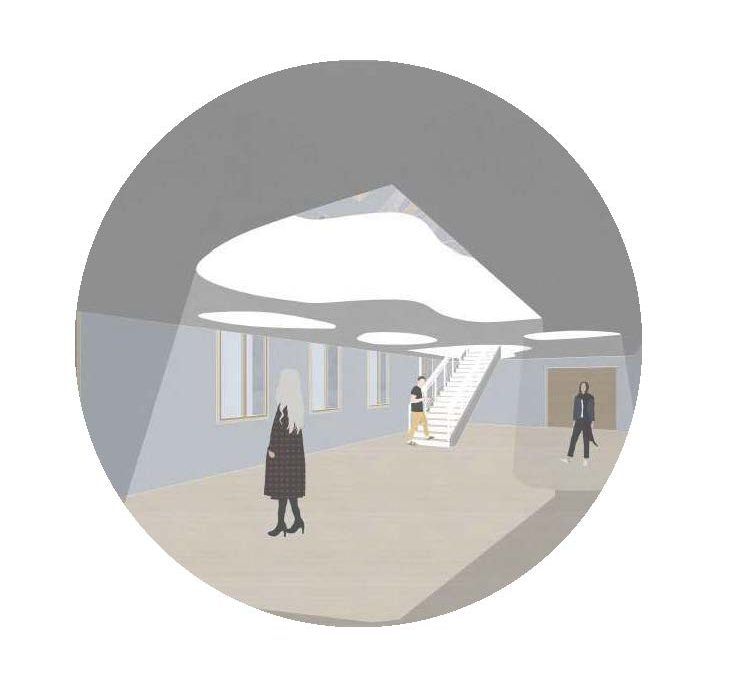SEVILLE / 18 June 2021
Healthy Architecture & City RESEARCHERS GET A NEW COMPETITIVE PROJECT
The R+D+i project: SPATIAL, ENVIRONMENTAL AND ARCHITECTURAL VARIABLES THAT INFLUENCE THE FUNCTIONAL CAPACITY OF DAILY LIFE IN PEOPLE WITH ALZHEIMER’S DISEASE (ALZARQ), presented by several researchers from the HEALTHY ARCHITECTURE & CITY group in the 2020 competitive call for R+D+i projects within the framework of the State Programme for R+D+i Oriented to the Challenges of Society of the State Plan for Scientific and Technical Research and Innovation, has been positively assessed by the Evaluation Commission and has therefore obtained funding for its development over the next three years.
The project’s main challenge is health, demographic change and well-being, and it has relevant implications for other challenges in the social sciences, humanities and science with and for society. It also aligns with the Sustainable Development Goals of the 2030 Agenda, nº3: Health and Well-being, in addition to nº11: Sustainable Cities and Communities.


Alzheimer’s disease (AD) is a multifactorial syndrome characterised by a diffuse and progressive alteration of brain function. It has a high incidence and prevalence in developed countries (60-80%), which increases exponentially from the age of 65 onwards. Along with the significant health problems, there is also insecurity, disorientation, lack of control, changes in domestic intimacy and the lack of knowledge about the evolution of AD, all of which produce changes in the way of life of both the patient and their carers and relatives, generating high levels of stress.
Along with the emotional impact, AD also has a great social and economic effect. From the social point of view, it produces a substantial change in inter- and intrapersonal relationships, in the family and in relationships with the rest of society. No less important is the economic effect. Some studies quantify the annual cost of caring for a patient with AD at between 31,000 and 35,000, where 18-25% represent direct costs (drugs, care, etc.), and the rest derive from the loss of productivity of family members, the time spent, the salary associated with the professional caregiver. In this section, the housing solutions that must be implemented to facilitate the care of the patient with AD take on an unsuspected prominence due to the significant expenditure they generate.
How to build an inclusive environment that is adaptable to the evolution of the disease? How to design a space for someone who wakes up every day in a different place? What are the needs that this group demands from their physical environment?
To answer these questions, it is necessary to know how these people with memory loss perceive the space they live in and the repercussions it has on their emotional state, orientation and/or reminiscences. The aim of the ALZARQ project is to determine, quantitatively, which are the optimal spatial and environmental variables for someone affected by AD, during the early stages of AD (mild and intermediate), to be able to carry out Instrumental Activities of Daily Living (IADL) for as long as possible autonomously and/or with the help of the environment.
The knowledge obtained will be used to address the challenge of designing assisted environments as effective sensory-emotional stimulators that improve their quality of life throughout the evolution of AD. The added value of this research consists of analysing the joint influence of factors such as temperature, lighting, sound, orientation, textures, spatial dimension. In short, it aims to deepen our knowledge of the environments that AD patients inhabit in order to propose architectural solutions that improve their comfort and domestic wellbeing.
To this end, an innovative methodology has been designed, framed in the field of Neuroarchitecture, which places the person at the centre of the research, analysing their behaviour, perception and emotions when experiencing certain spaces or environments. Several quantitative tests are proposed in which, by means of validable indicators, the environmental and spatial aspects that condition the behaviour of these people are measured. The expected results will serve to establish criteria for the planning of assisted environments aimed at improving the quality of life of people with AD.


